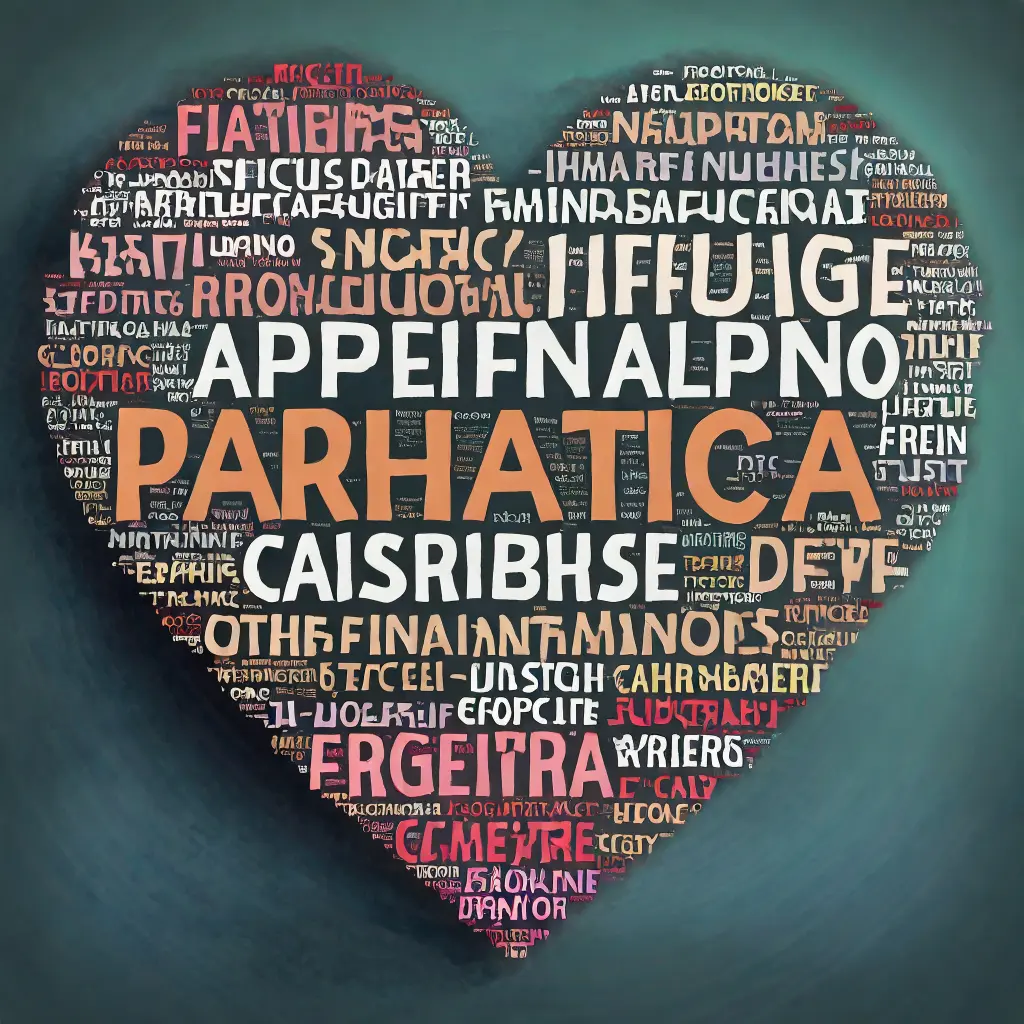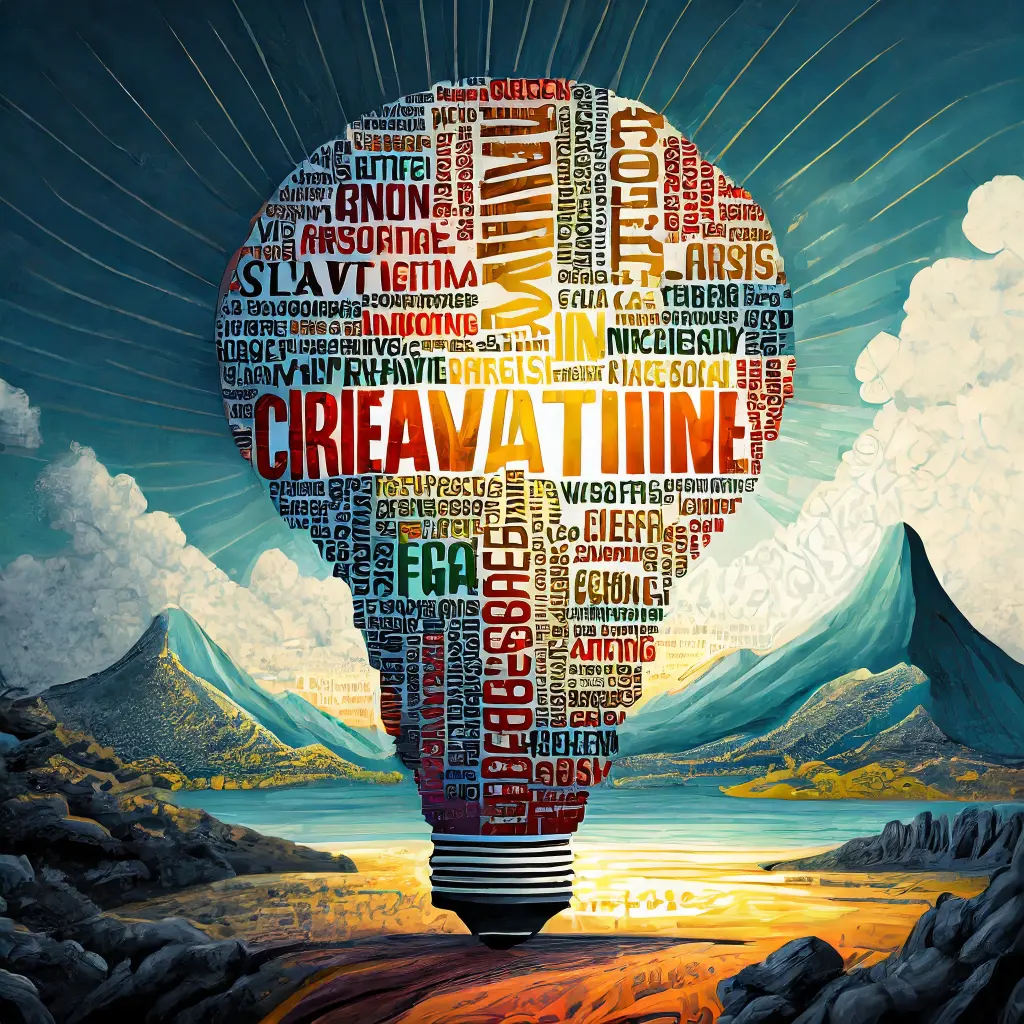Exploring Creative Collaboration Through Word Clouds: A Fun Survey Question Guide
Have you ever seen a word cloud? It is a graphical representation of text data, where the size and color of each word indicate its frequency or importance in the text. Word clouds are a great way to visualize text data, as they can help you to stimulate creativity, engage audiences, and reveal insights. But what if you could create a word cloud with the input of multiple people? Imagine a word cloud that reflects the collective thoughts, feelings, and opinions of a group of people. This is what we call a collaborative word cloud, and it is a fun and interactive way to generate and share ideas.
For example, suppose you are working on a project with your team, and you want to brainstorm some ideas for the project. You could create a survey with a question like “What are three words that describe the project?” and ask your team members to answer it. Then, you could use their responses to create a word cloud that shows the most common and relevant words for the project. This way, you can see what your team thinks about the project, and what aspects of the project are most important or challenging.
In this article, we will provide you with a guide to fun survey questions that you can use to create collaborative word clouds. Whether you want to use them for personal, professional, educational, or recreational purposes, these questions will help you to unleash your creativity and discover new perspectives.
How to Create a Collaborative Word Cloud
Creating a collaborative word cloud is easy and fun. Here are the steps you need to follow:
Choose a topic
The first step is to decide what you want to create a word cloud about. It can be anything you are interested in, curious about, or passionate about. For example, you could choose a topic like “My favorite movies”, “My dream vacation”, or “My goals for this year”.
Design a survey
The next step is to design a survey with one or more questions related to your topic. The questions should be open-ended, meaning that they allow the respondents to answer in their own words, rather than choosing from a list of options. For example, you could ask “What are three words that describe your favorite movie?”, “What are three places you want to visit on your dream vacation?”, or “What are three goals you have for this year?”. You should also limit the number of words per response, to make sure that the word cloud is not too cluttered or confusing.
Collect responses
The third step is to collect responses from the people you want to participate in the word cloud. You can invite them to take the survey by sending them a link, or by embedding the survey on your website, blog, or social media. You can also set a deadline for the survey, to make sure that you get enough responses in time.
Generate the word cloud
The final step is to generate the word cloud using the responses you collected. You can use a word cloud generator tool, such as [Mentimeter], [Poll Everywhere], or [WordArt], to create and customize your word cloud. You can choose the shape, color, font, and layout of your word cloud, and adjust the settings to make it more appealing and informative.
Fun Survey Questions for Collaborative Word Clouds

Now that you know how to create a collaborative word cloud, you might be wondering what kind of questions you can use to create one. Here are some fun survey questions that you can use, organized by categories:
- Personal: These questions are about yourself, your personality, your preferences, and your aspirations. They can help you to express yourself, to learn more about yourself, and to connect with others who share similar traits or interests. Some examples of personal questions are:
- What are three words that describe you?
- What are your hobbies?
- What are your goals for this year?
- Professional: These questions are about your work, your career, your skills, and your values. They can help you to showcase your strengths, to identify your challenges, and to align your work with your purpose. Some examples of professional questions are:
- What are the skills you use most at work?
- What are the challenges you face at work?
- What are the values you uphold at work?
- Educational: These questions are about your learning, your education, your knowledge, and your curiosity. They can help you to discover new topics, to improve your skills, and to expand your horizons. Some examples of educational questions are:
- What are the subjects you enjoy learning?
- What are the topics you want to learn more about?
- What are the skills you want to improve?
- Recreational: These questions are about your fun, your entertainment, your leisure, and your relaxation. They can help you to enjoy your time, to explore your interests, and to unwind from stress. Some examples of recreational questions are:
- What are the activities you do for fun?
- What are the places you like to visit?
- What are the things you like to watch or read?
These questions can help you to elicit creative and diverse responses from the participants, and to create word clouds that reveal interesting patterns and insights. You can also mix and match these questions, or create your own questions, to suit your needs and goals.
Conclusion
Collaborative word clouds are a fun and interactive way to visualize text data, to stimulate creativity, and to reveal insights. In this article, we have provided you with a guide to fun survey questions that you can use to create collaborative word clouds. Whether you want to use them for personal, professional, educational, or recreational purposes, these questions will help you to unleash your creativity and discover new perspectives.
We hope you enjoyed this article, and we encourage you to try creating your own collaborative word clouds. You can use the tools and platforms we recommended, such as Mentimeter, Poll Everywhere, and WordArt, to create and share your word clouds. You can also share your results and feedback with us, by leaving a comment below, or by contacting us through our website.
If you want to learn more about word clouds, and how to use them for data analysis, you can read article that explains how to use word clouds for data analysis






